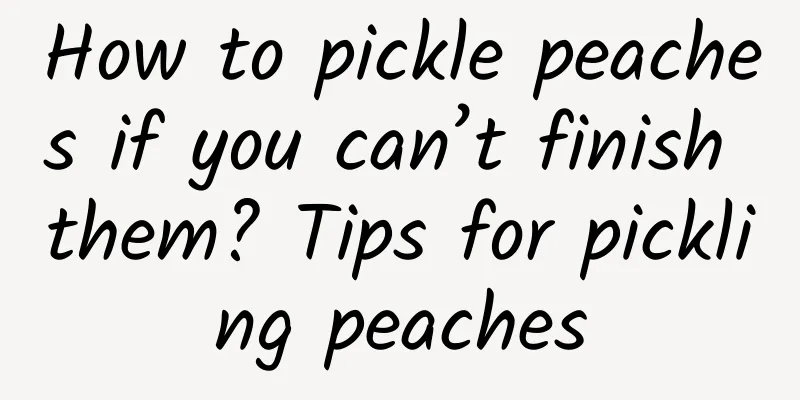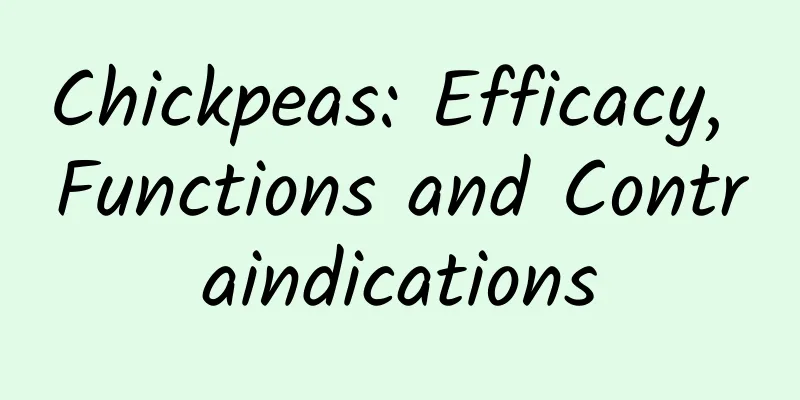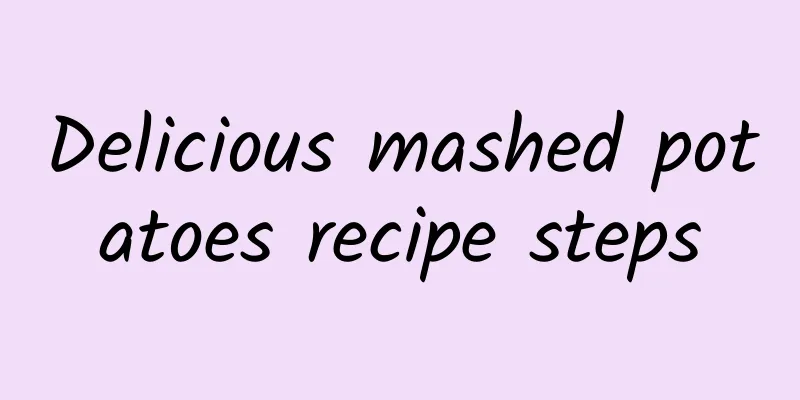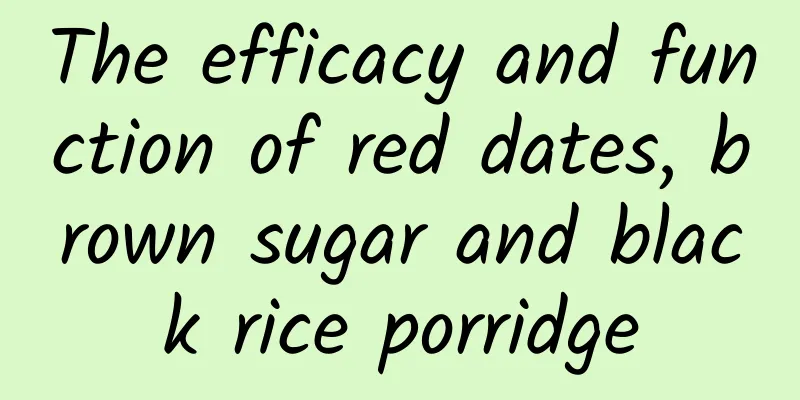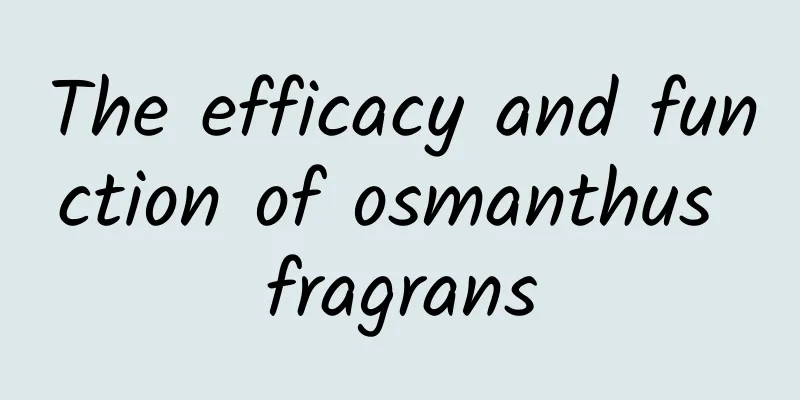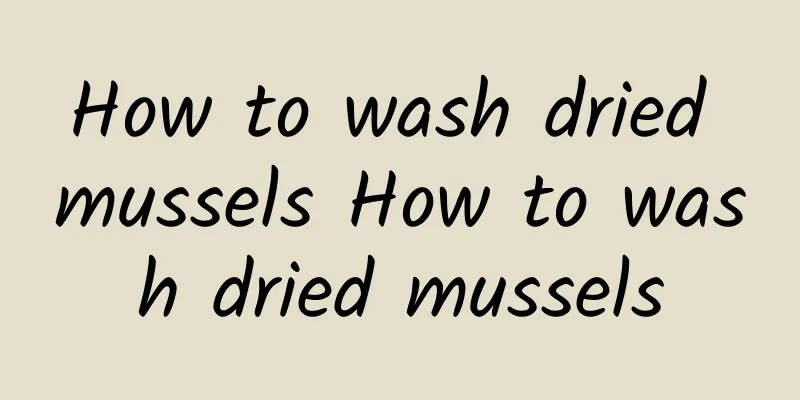Lentil pest and disease control
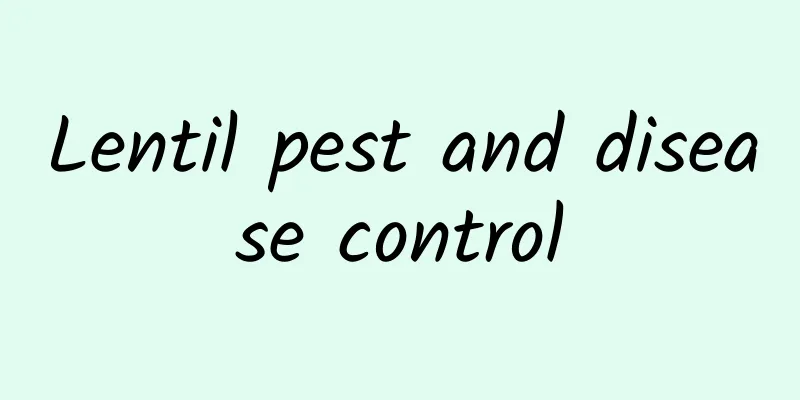
|
Lentils will have various diseases during their growth, so how to prevent and control them? Today I will tell you about some diseases of lentils and their prevention and control methods: Lentil disease control: Sclerotium rotIt mainly harms the base of the stem or the branches and vines that are creeping on the soil surface. The diseased part turns brown and rots, producing a large number of white mycelium and brown, nearly spherical small sclerotia. Morphological characteristics of pathogens Sclerotium rolfsii Sacc. belongs to the subphylum Ascomycota. The mycelium is white, transparent and slender. The old mycelium is 2 to 8 microns thick, with branches that are not at right angles and septa. On PDA, the mycelium is lush and white, expanding radially. The appearance of the sclerotium is milky white with a slight yellowish tint at first, then dark brown or brownish brown, spherical to oval, 1 to 2 mm in size, and smooth and shiny on the surface. The surface of the sclerotium is composed of three layers of cells, the outer layer is brown, the pseudo-thin wall tissue under the epidermis, and the central part is the sparse thread tissue. The latter two tissues are colorless and appear white to the naked eye. The sexual state is Athelia rolfsii (Cruiz) Tu. & Kimbrough., which belongs to the subphylum Basidiomycota. The optimum temperature for the development of the pathogen is 32 to 33°C, the highest is 40°C, the lowest is 8°C, and the optimum pH is 5.9. Transmission routes and conditions of disease onset It mainly overwinters in the soil as sclerotia or mycelium. When conditions are suitable, sclerotia germinate and produce hyphae, which invade from the base of the host stem or the root. The incubation period is 3 to 10 days. After the central diseased plant appears, the surface hyphae spread to the surrounding areas. The optimum temperature for disease is 30℃, especially high temperature and timely sunny and rainy weather are conducive to sclerotium germination. The disease is more serious in continuous cropping land, acidic soil or sandy land. Prevention and treatment methods (1) Apply 100-150 kg of slaked lime per 667 m2 to adjust the soil pH to neutral, or apply a large amount of decomposed organic fertilizer. (2) When diseased plants are found, they should be removed promptly and destroyed in batches. (3) At the early stage of the disease, apply 15% triadimefon (triadimefon) wettable powder or 50% methyl tolclofos (Likebacterium) wettable powder, 100-200 parts per fine soil, and sprinkle it on the root and stem of the diseased part, which has a significant preventive effect. If necessary, you can also spray 1000 times of 20% methyl tolclofos emulsifiable concentrate, once every 7-10 days, for prevention and control once or twice. (4) Use Trichoderma to control white rot. Use cultured Trichoderma harzianum Ri[6] Lentil Pest Control: Cotton BollwormThe cotton bollworm is a pest with a omnivorous diet that can harm a variety of vegetables. The larvae of the cotton bollworm damage the tips of lentils, resulting in headless lentils or beans with multiple heads. The larvae of cotton bollworms eat the style and ovary. After the ovary is eaten, the beans cannot be produced. Young beans are often eaten empty or eaten and cause rot, resulting in serious reduction in production. (1) Occurrence characteristics Adults usually emerge at night. They choose lentils that grow vigorously and bloom early, lay eggs in young and tender parts or on pods, and the newly hatched larvae feed on leaves and move from plant to plant. After the second instar, they begin to eat flower buds, and the third instar larvae begin to eat pods. The pupae of cotton bollworms hibernate in the soil. There are 3 to 4 generations a year in the areas north of the Yangtze River and 5 to 7 generations in the areas south of the Yangtze River. They emerge in the spring of the following year. During summer drought, autumn drought and high temperature, cotton bollworms are more likely to occur. (2) Prevention and control priorities The second generation of cotton bollworm is the focus of prevention and control; use pesticides to protect the tips. The third generation of cotton bollworm occurs from mid-July to early August, and focus on using pesticides to protect the buds, and spray the whole plant; the fourth and fifth generations of cotton bollworm occur in late August, and focus on using pesticides to protect the pods. (3) Prevention and control methods ①Agricultural prevention First, autumn ploughing and winter irrigation can eliminate a large number of overwintering pupae in the soil. Pruning and pruning can also remove some eggs and diseased pods to reduce the source of insects. Second, plant corn strips to kill moths. During the moth outbreak period, kill moths in the axils of corn leaves every morning. Third, use poplar branches to kill moths: Cut poplar branches with leaves, one branch for every 10 branches, and place 10 branches per mu. Change them every 5 to 10 days and kill moths every morning. ② Plant-based pesticide control You can add 0.1 kg of water to 1 kg of fresh leek, mash it and take the juice, add 6 kg of water to each kg of the original liquid, stir well and spray it for prevention and control; or mash 1 kg of garlic and add 1 kg of water to make garlic juice, take 1 kg of garlic juice and add 25 kg of water to spray; or use castor leaf extract, take 0.5 kg of castor leaves, add 5 kg of water, boil and cool. Use the extract for prevention and control. ③Use fertilizer to control insects You can use 2% superphosphate extract or 2% urea; 1% ammonium bicarbonate, 0.5% ammonia water for foliar fertilizer once every 7 to 10 days, for 3 times in a row. ④Use biological pesticides and viruses for prevention and control Use BT250g spray or 0.296 Avicopterin emulsifiable concentrate 1000-2000 times diluted; or spray cotton bollworm nuclear polyhedrosis virus at the beginning of the egg-laying peak period of cotton bollworm and the hatching period, each milliliter contains 0.01 live spores, 0.5 kg per mu, spray once every 3-4 days. Spray 2-3 times in total; use traps, artificial female cotton bollworm traps, and each trap core kills 200 adults on average; 5% Yitaibao 1000 times diluted or Miyoulu 800 times diluted can also be used to control cotton bollworm. The above method is used to control cotton bollworm without polluting the environment and lentils, and can meet the requirements of Class A green food production. ⑤Chemical control In the early stage of the infestation, you can use low-toxic 40% phoxim 500-2000 times solution or 80% dichlorvos wettable powder 1000 times solution for prevention and control. It is required that one drug can only be used once on lentils, by spraying, and the interval from the harvest period to more than 10 days should be. |
<<: Common ways to eat lentils
>>: How to cultivate lentils artificially?
Recommend
How to make delicious leek dumplings
Dumplings stuffed with chives are a favorite of m...
What is Zage Survey like? Zage Survey reviews and website information
What is Zagat? Zagat is an American website that c...
How is the Seoul Motor Show? Seoul Motor Show Reviews and Website Information
What is the Seoul Motor Show website? The Seoul Mo...
Is the red flesh apple delicious? The efficacy and function of the red flesh apple
The red flesh apple is a special member of the ap...
Ingredients and steps for beauty porridge
There are many ways to beautify yourself now. You...
How is the University of Brescia? Reviews and website information of the University of Brescia
What is the website of University of Brescia? Univ...
What to do about fatty liver? Dietary treatment for fatty liver
In modern life, people's living standards hav...
How is KKR Group? KKR Group reviews and website information
What is KKR Group? KKR Group (Kohlberg Kravis Robe...
What are the benefits of eating bananas regularly?
Bananas are the most common fruit in life. They c...
The benefits of almond oil
Almond oil is a natural oil extracted from almond...
What is Meryl Streep like? Meryl Streep reviews and website information
What website is Meryl Streep? Meryl Streep is a Ho...
The benefits of drinking mulberry wine for women and the effects of mulberry wine on men
Mulberries taste very sweet and can be eaten dire...
Radish porridge
I think most of my friends are quite familiar wit...
Fresh reed root porridge
Have you ever tasted fresh reed root porridge? Let...
The nutritional value and efficacy of winter bamboo shoots The benefits of eating winter bamboo shoots
Winter bamboo shoots are the young shoots of bamb...

